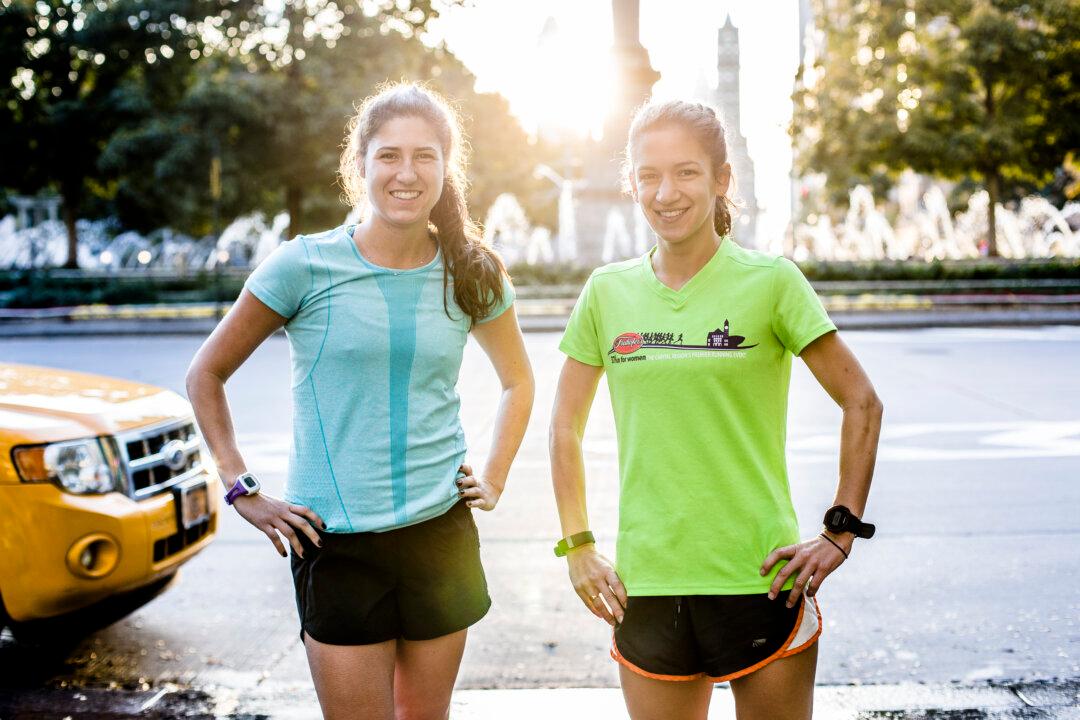NEW YORK—On Sunday, Cait Williamson will get up at 5:30 in the morning for a race that won’t start for more than four hours, otherwise she may never make it to the start line.
“The New York City Marathon is a unique one because all those streets shut down,” she said. “You have to get there before the roads close.” Road closures start on Central Park West as early as 6 a.m., although the first wave of general runners won’t leave Staten Island until 9:50 a.m.
Williamson, a 24-year-old doctoral student studying neuroscience at Columbia University, is running her second NYC Marathon. She is among more than 50,000 runners who will gather at the Verrazano-Narrows Bridge on Staten Island, where they will begin the 26.2-mile race.
After a painfully long wait in usually frigid morning weather, the starter’s pistol will fire. Mirthful music will play. But the runners know the most excruciating part of the race has yet to begin.
Getting to the Finish Line
Williamson will count up to 20 miles, then she will start to count down. She'll check her GPS to make sure she’s pacing herself to meet her goal.
As she and the throngs of others run through the five boroughs, volunteers hand runners paper funnels of water.
To replenish their bodies, many runners carry tiny packets of food that come in gel form. The sports gel packets contain mostly carbohydrates and small amounts of sodium and sometimes caffeine; flavors vary from cranberry, to margarita, to bacon.
Runners have their special traditions that they follow every year for good luck.





